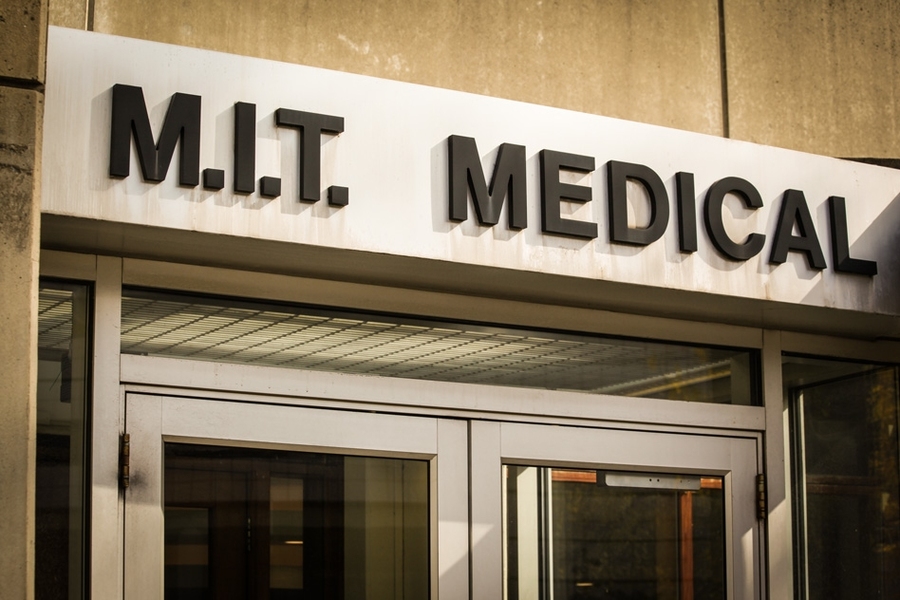On Dec. 31, 2019, the World Health Organization learned about a number of cases of pneumonia of unknown origin in Wuhan City, in the Hubei Province of China. On Jan. 7, Chinese authorities identified the cause as a novel coronavirus (2019-nCoV) — a member of the coronavirus family that had never been encountered before.
Common human coronaviruses usually cause mild to moderate upper-respiratory tract illnesses, like the common cold, with symptoms that last only a short time. However, two other human coronaviruses, MERS-CoV and SARS-CoV, have been known to cause severe symptoms and even death.
Symptoms of the 2019 novel coronavirus include fever, cough, and shortness of breath. A small number of infected individuals have died. Like other human coronaviruses, it is thought to have originated in animals, possibly seafood. Many of the first people infected either worked at or frequently shopped in a seafood wholesale market in Wuhan City. Researchers do not yet know how easily the virus spreads between people.
As of this writing, the U.S. Centers for Disease Control (CDC) has reported least two confirmed cases in the U.S., with others suspected to have the virus. All appear to involve individuals who recently traveled to the U.S. from Wuhan.
As of now, there is no identified risk to the MIT community. The CDC is not currently recommending travel restrictions but has updated its interim travel health notice for this destination, which recommends enhanced precautions and provides information to people who may be traveling to Wuhan City and who may get sick.
MIT and MIT Medical are monitoring the situation closely and will be keeping the Institute community informed as more is learned about the virus, or if new travel or other recommendations are made.






